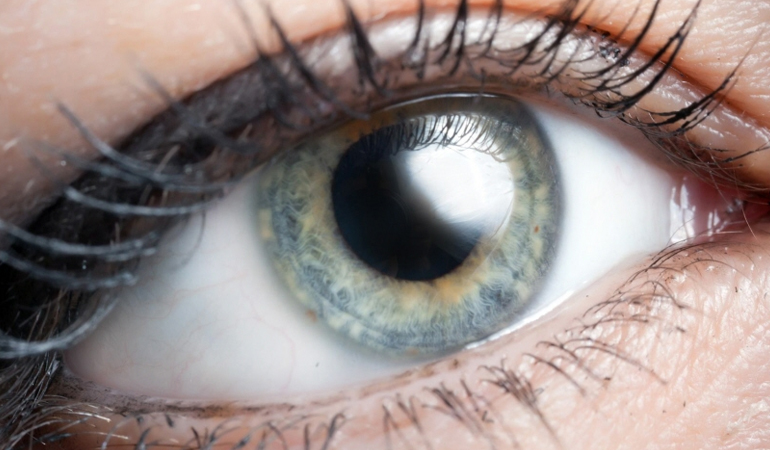Psychology and Neuroscience
Eye tracking is used in various psychology and neuroscience fields to understand how and why eye movements are made and how we gather information visually.
Eye tracking is used in these fields of research to understand the connection between what we see and how we react based on the information we process.

Eye tracking is used as a tool to study cognitive processes that affect behaviour such as attention, memory, perception, language, and more.
Eye tracking is an unobtrusive method to gain deeper understanding of cognitive processes, such as problem solving and decision making. By measuring eye movements, researchers get insight into the ongoing mental processes during tasks.
Eye tracking is used to study :
• Attention
• Memory
• Language
• Problem solving
• Decision making
Eye tracking is time efficient and cost effective, as well as unobtrusive, compared with other neurological methods, like fMRI. More researchers are using our eye trackers to investigate the development of brain damage, neurological disease, in addition to visual and neurological functions.
Many cortical and subcortical regions of the brain are involved in visual processing and the coordination of eye movements. Attention is driven by an interplay of the salience of visual features and the top-down goals of the observer for selecting task-relevant information. Eye tracking allows researchers to investigate many aspects of function along portions of this visuo-motor pathway.


Eye tracking is used in social psychology to measure how human behaviour is influenced by social context.
Revealing a subject's pattern of attention in social situations helps researchers understand the impact of visual impact on thoughts and behaviour.
Eye tracking is an important tool in studying:
• Attitude formation and change
• Persuasion
• Social cognition
• Self-concept
• Social influence
• Group dynamics
• Interpersonal attraction
Eye tracking is an established technique to study the nature of eye movements in how humans perceive, interpret, and operate in their environment.
Eye tracking is an effective tool to study different aspects of visual perception:
• Understanding eye movements in natural tasks to see how people coordinate actions in real-life tasks revealing cognitive/perceptual processes and/or limitations.
• Looking into change blindness, inattentional blindness, and visual memory
Exploring navigation and guidance of visual attention.
Eye tracking allows researchers to quantify the dynamics of eye movements in visual behaviour. This is particularly useful for uncovering patterns and characteristics that are diagnostic of important states or conditions, such as in traumatic brain injury. This objective, quantitative information provides a basis for comparison to normative data, revealing differences that support particular diagnoses or identification of impairments. Examples include:
• Saccadic performance, such as latency, over/undershoot, and suppression.
• Fixation stability and drift.
• Smooth pursuit, such as alterations of pursuit gain.
• Binocularity and vergence, such as strabismus (uncontrolled inward or outward eye movement) or amblyopia (lazy eye).
• Nystagmus (rapid, uncontrolled eye movements), such as the slope of the slow phase and amplitude of the fast phase.


Eye tracking is used by leading institutes in the fields of primate and canine research to study cognitive ability, comparative social cues, and behavioural neuroscience/ecology.
Eye tracking in primates and canines offers another tool to record aspects of animal perception, cognition, and decision making. The technology allows researchers to study gaze patterns and eye movements in an objective way that increases reliability and reduces variability. Video-oculography eye tracking provides a more comfortable and less intrusive method than search coils and does not require attaching electrodes, as in electrooculography. Our unobtrusive systems are more comfortable and less distracting, which is advantageous when dealing with nonhumans since they do not jeopardize the subject's natural behaviour.
In primate and canine research, eye tracking can be used to evaluate perception and assess cognitive ability in fields relating to:
• Behavioural ecology
• Behavioural psychology
• Behavioural neuroscience
• Comparative psychology